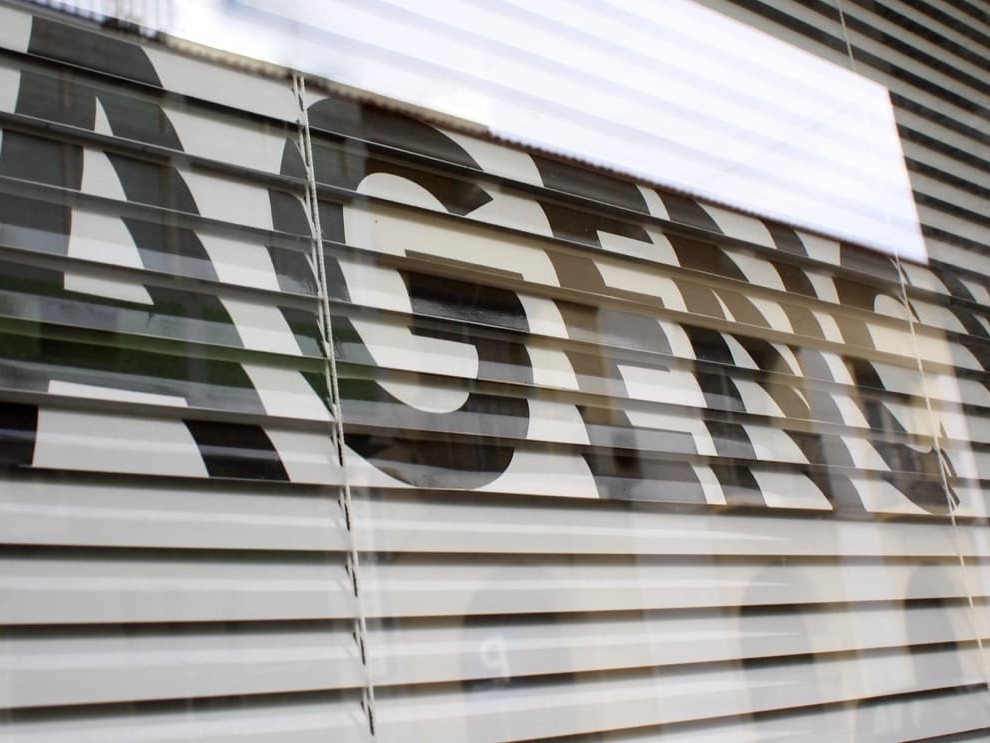Every month more than 120,000+ people visit Econsultancy.com using a mobile device, but they’re yet to launch a responsive site. This isn’t because they don’t want to make the user experience better for mobile and tablet users. It’s simply that they’ve had to prioritise other things, and tech resources are limited.
It’s pretty straightforward to make a business case for mobile-friendly design if you have a transactional but non-responsive website: simply look at your conversion rates by device. They’ll probably be fairly woeful for tablets, and even worse for mobiles. Add a dollop of simple maths and you’ll have some idea of the opportunity cost of not making the customer experience better for mobile and tablet users.
I first made the case for mobile about four years ago, when about 5% of people used a smartphone to access our website. That wasn’t enough to make it a high priority, but by the end of this year around 20% of visitors will be browsing via a mobile device. That changes things considerably, and more so as our visitor numbers continue to grow.
In our case I reckon we’re missing out on six figures worth of annual revenue, and as such we’re busy working away behind the scenes on a number of initiatives, including a fully responsive website.
I have yet to hear about a decline in conversion rates following the roll-out of a responsive site. In fact, I only ever hear amazing things.
So, if you’re making a business case and need some examples then here are a bunch of companies that have benefited from significant uplift in the key metrics following the implementation of responsive design.
-
Lovehoney [+60% to 100% CR]
-
Bench [+100% CR]
-
State Farm [+56% CR]
-
Baines & Ernst [+51% CR]
-
Horze [+19% CR]
-
FreshSparks [+13% CR]
-
CareerBuilder [+20% email CTR]
-
Harviestoun [+28% mobile traffic]
Need more proof? If we step away from Twitter there’s plenty of articles singing the praises of responsive design.
Let’s start with Brad Frost:
First of all, some numbers are coming back on responsive retail sites and they’re looking pretty damn good. 42.4% conversion rate increases. Over 400% (!) conversion rate increases for Android.
And then there’s beauty brand Nars [+54% mobile CR]:
In addition to the 54 percent increase in smartphones, check-out conversions from a tablet increased 24 percent as a result of the site launch. The company decided to roll out a responsive site because of limited teams and structure that could not back up three different sites.
Finally, there are another five brands that we’ve previously looked at, which have all achievedremarkable increases in the key metrics after going down the responsive route.
If you have some before and after data following a responsive-focused revamp then I’d love to hear from you, either by email, or via the comments area below. Otherwise good luck if you’re on the verge of making a business case, or are about to launch your new site.
[Image via James Forster @ Exis Web]



